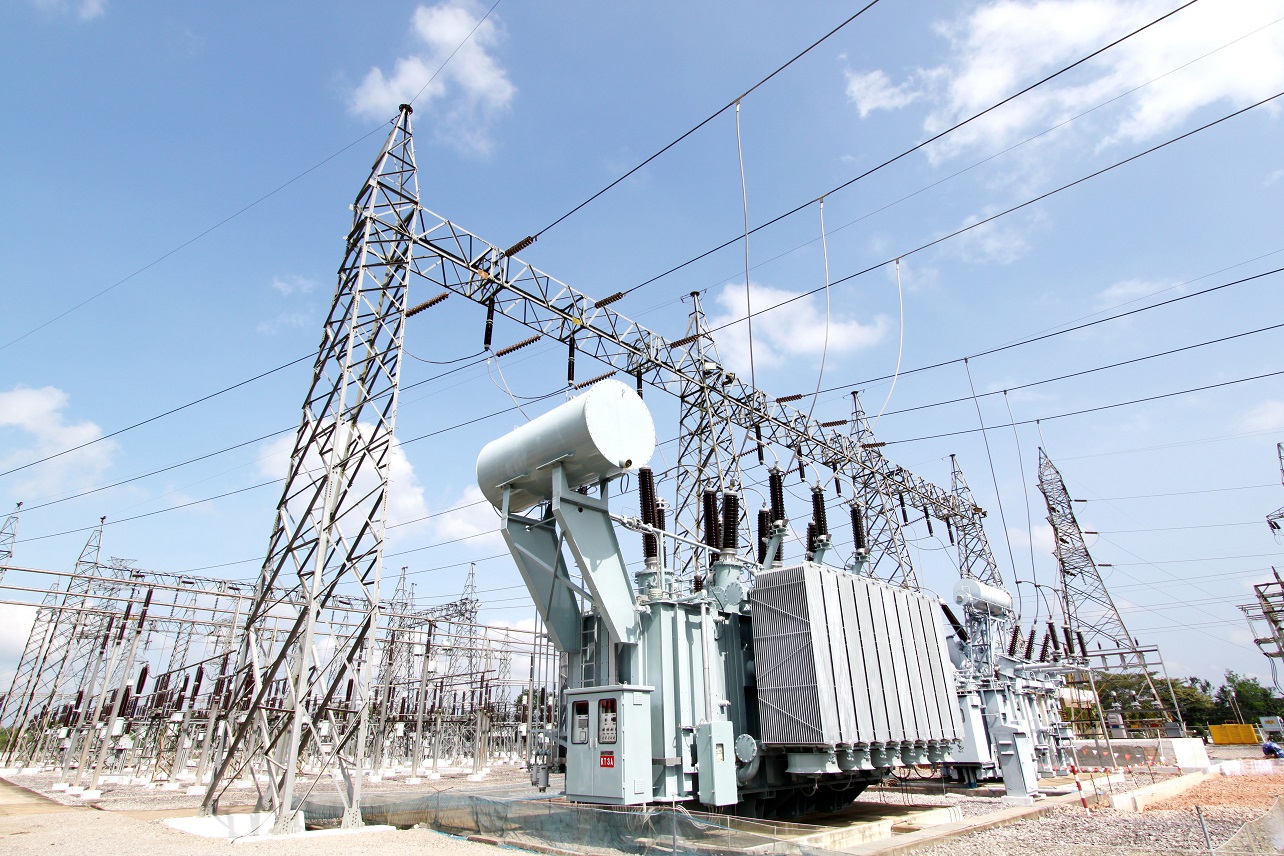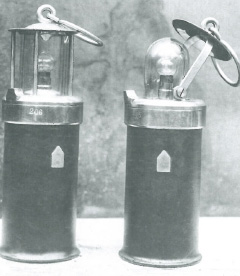Securing the Flow: In Substations, Batteries Are Everywhere
Application
March 6. 2024
2 min.
Besides power lines and transformers, key important elements of the grid are all the secondary equipment of substations which make sure that electricity never stops flowing. Obviously, they must be independent from the main power supply, thus relying on batteries.

As we established in the previous article, the smallest substations are equipped with battery-based auxiliary power systems capable of handling brownouts or bridging the transformer for maintenance purposes, thereby serving the entire device. However, anything bigger than a dustbin or refrigerator sized substation is equipped with one, or usually several, UPSs connected to individual elements of the substation, rather than serving the facility as a whole.
For instance, apart from changing voltage levels of the mains electricity, substations also need to handle fails of the transmission including damage to the line caused by high wind or lightning. Thus, a key function performed by substations is switching, i.e. connecting and disconnecting various components to and from the main electricity supply. While smaller substations may do with reclose circuit breakers or automatically working fuses, large ones use high-voltage switchgear which contains oil, vacuum, sulfur hexafluorid or other medium to quench the electric arc.
So, not only that these circuit breakers are equipped with controlling and monitoring devices, but they may also need supplemental heating and other auxiliary systems – all of which must be powered at any given moment. Also, there are mechanical switches on both ends of a breaker, but also on the high side of the main transformer, or on the line exit, designed to physically interrupt the connection between the components, usually for equipment maintenance. They are operated remotely and driven by a small motor which must also be fed with electricity no matter what.
The aforementioned systems are mostly served by standby, or off-line UPSs, meaning that the backup power circuitry is only invoked when the main power fails. While line-interactive, or online UPSs include a transformer of their own, being able to compensate for voltage differences which is important in large substations. Within a substation, these UPSs are used to protect equipment during voltage fluctuations and outages by providing backup and conditioned power to critical equipment.
The systems serving various control relays or trip coils work with DC, but substations are also equipped with smaller AC backup systems usually below 60 kVA of capacity. These are connected to critical lighting and communication systems, as well as SCADA, or supervisory control and data acquisition. This term derives a system architecture designed for high-level supervision of a complex facility, basically serving as the brain of the substation. Thus, even if both transmission and utility power are lost, the operators are able to retain control of the breakers and other crucial systems including online diagnosis equipment or lighting.
Often, Ni-Cd batteries are used in substations, as they can handle very high loads, easily withstand overcharging, and are extremely reliable and durable. Additionally, Ni-Cd batteries do not suffer from the Coup-de-Fouet phenomenon. Meaning, unlike other battery technologies, nickel-cadmium batteries can supply momentary in-rush loads without a massive drop in the system voltages, making them preferred solution for sub-station applications across the globe. Furthermore, Ni-Cd batteries are hard to die and do not suffer 'Sudden Death”. Ni-Cd cells are usually shorted individually, which in a 110V or 220 V battery system means that the system voltage remains within the operational limits and the battery still can operate.
So, if all the appliances and lighting around you are working perfectly as you read this, it's only seemingly obvious. In reality, it's the result of clever planning and the never-ending work of maintaining the grid, in which battery storage also plays a small but important role.
| Another interesting application of battery storage in large substations is to back up the cooling system of the main transformers. While small-scale transformers dissipate the heat generated by finning, larger ones need to be cooled by oil flowing naturally, i.e. as a result of differences in fluid temperature, or by forced circulation. But the largest transformers require forced cooling provided by a combination of oil and water flowing through a set of pumps. These pumps can be over one meter in diameter and have a capacity of 200 kW, so to turn them on, a current of 2000-3000 A is needed for a minute or so, provided by batteries. |




